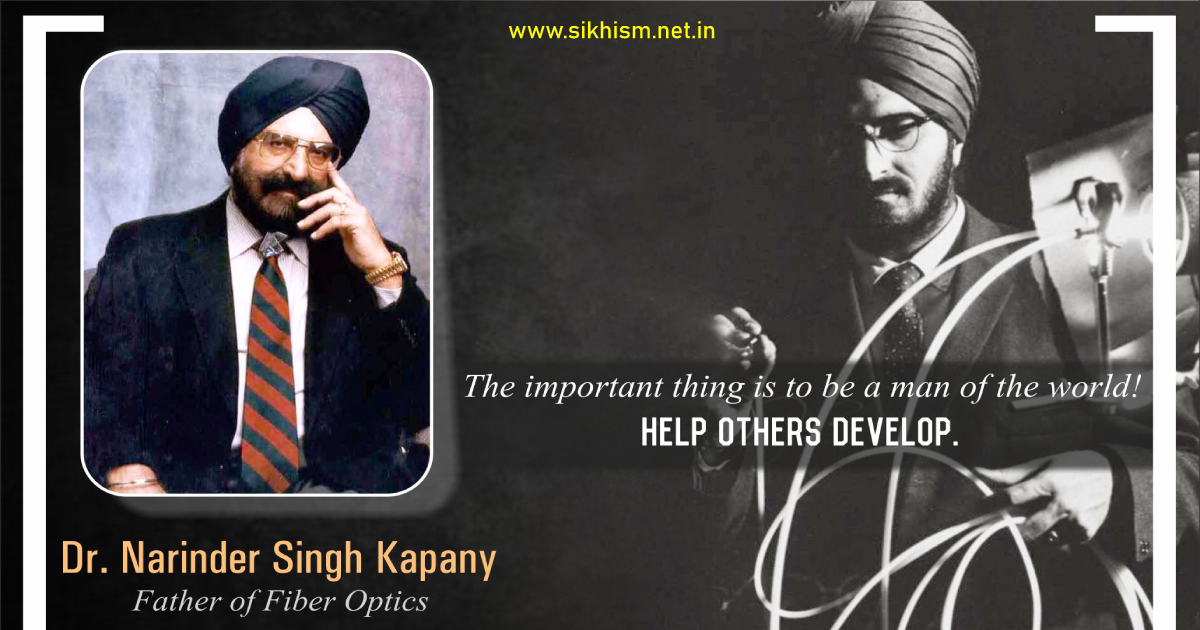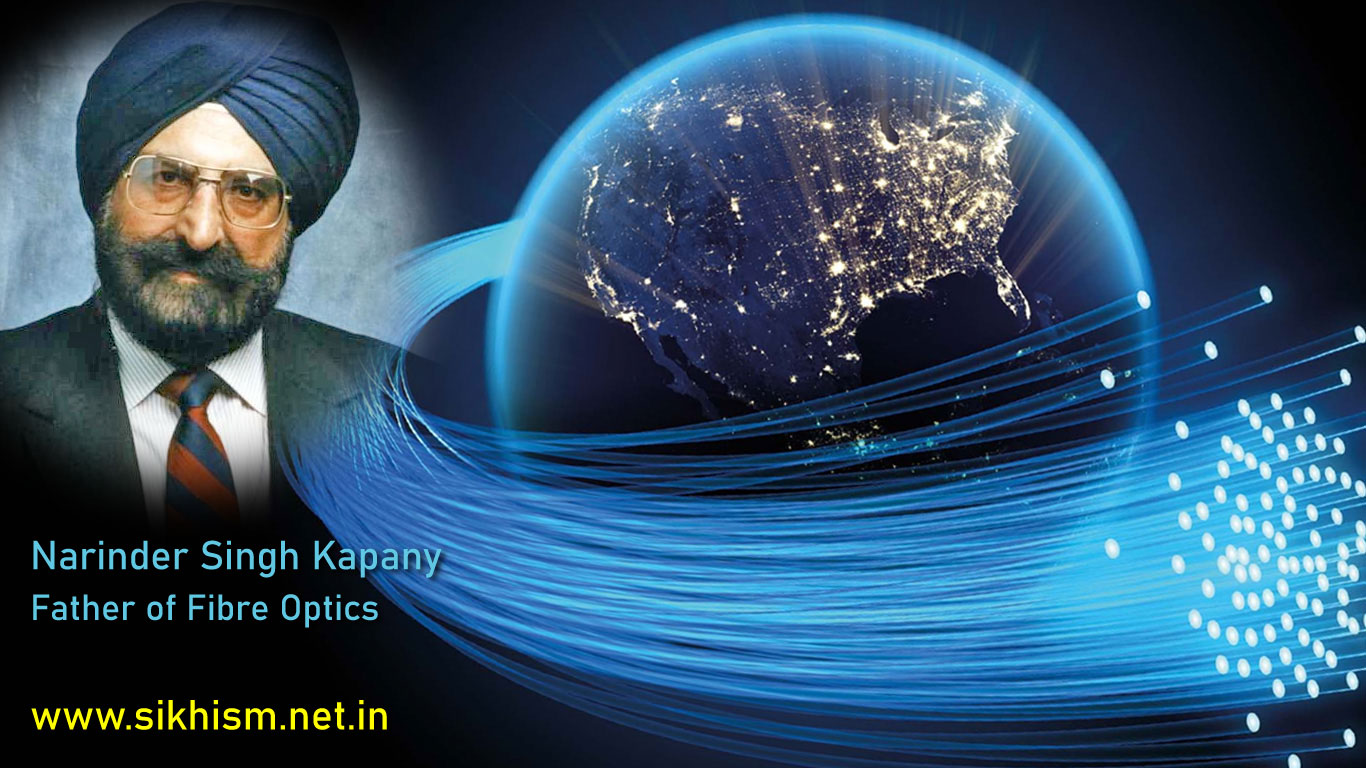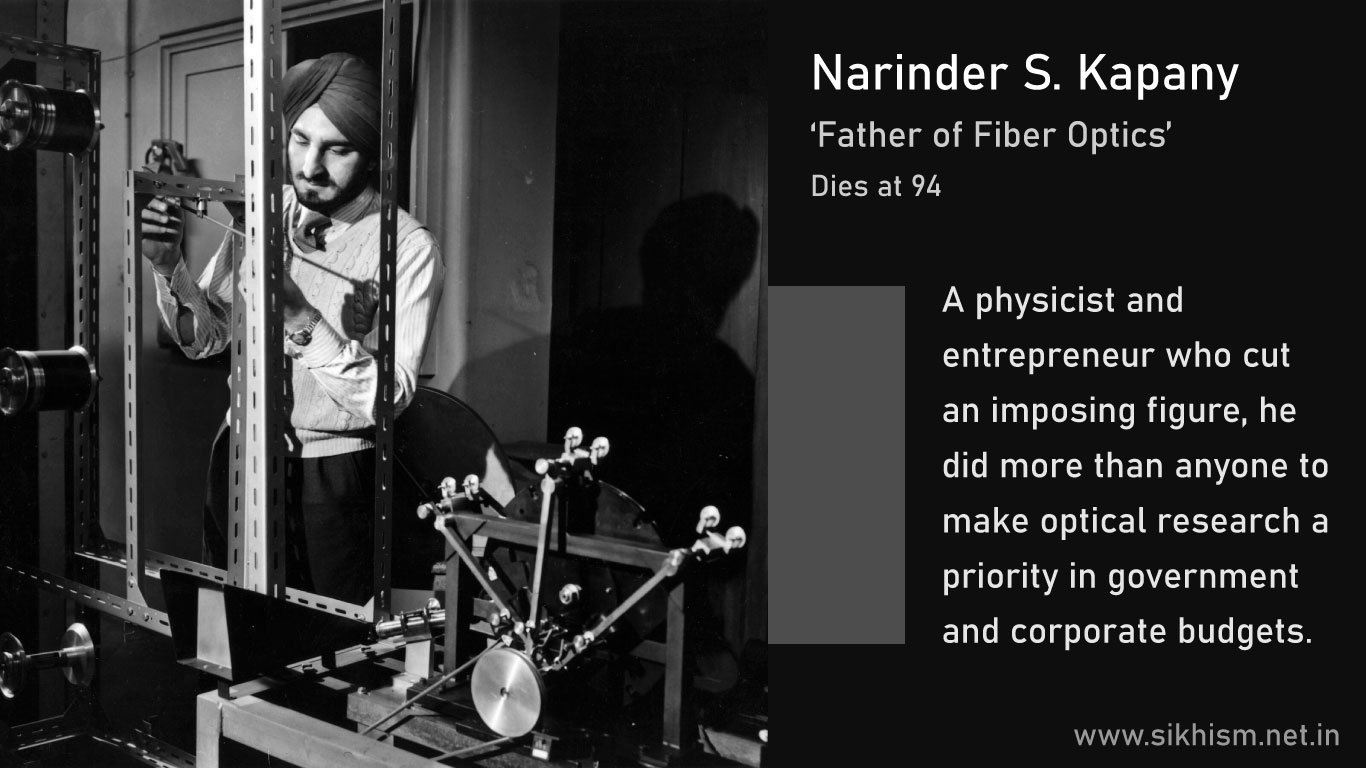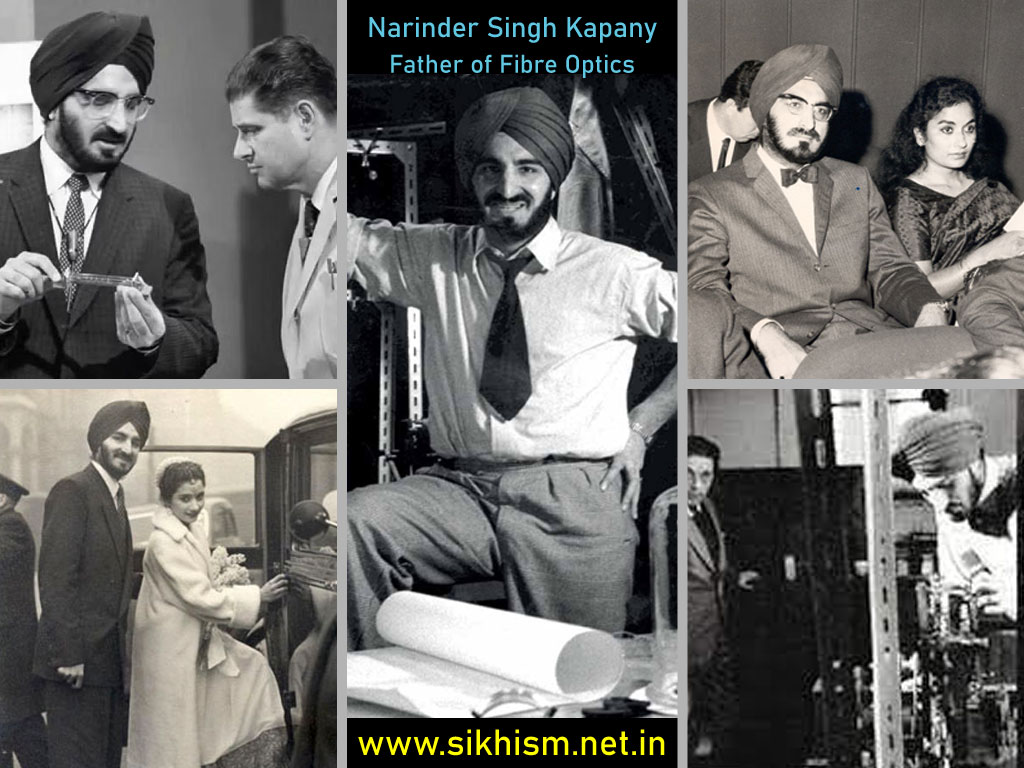



For someone who was hailed as one of the seven unsung heroes of the 20th century for his Nobel Prize-deserving invention in 1999 by Fortune magazine, Narinder Singh Kapany remains relatively unknown. The Indian American scientist was a multi-faceted personality—physicist, innovator, entrepreneur, farmer, philanthropist, and an avid art collector.
In the late 1940s, Kapany challenged conventional science when he questioned the concept that light only travels in straight lines. A few years later, in 1953, he invented what went on to be known as fibre optics—transmitting high-quality images through fibre bundles with a diametre slightly thicker than that of a human hair—and things were never the same. He went on to blaze the trail for future innovators who used his invention to transform the world. Kapany left an indelible impact on the lives of innumerable people across the globe.

Reading Kapany’s autobiography, The Man Who Bent Light, one gets an insight into one of the finest human minds that pushed the limits of science, an innovator who charted new terrain for entrepreneurs, an accidental artist, and a philanthropist who championed Sikh culture and heritage. Born in 1927 into a Sikh family in his mother’s family home in Moga, Kapany spent his initial years in Punjab. Later he studied in Dehradun and graduated from Agra University before going to Imperial College, London. In 1953, Kapany, along with Harold Hopkins, came up with the technique to achieve good image transmission through optical fibre and coined the term ‘fibre optics.’
Unlike the perception of an engineer, Kapany’s joie de vivre saw him embrace and accept whatever life came up with and even though he deviated from what he often believed was ‘the plan’, as he went to become one of the most influential innovators ever. Kapany wanted to return to India in the 1950s, but it never worked out, and later, he was almost offered the post of scientific advisor to Krishna Menon by the then Prime Minister Pandit Jawaharlal Nehru, but bureaucratic red-tapism put a brake.
In 1959, Kapany was on the verge of getting half a million dollars of funding for his company, and he told the bank that he could only offer a minority stake in return as he did not ‘trust the money people’. The fact that the same bank got him a venture capital firm to back him shows the confidence he exuded. Kapany’s research and inventions are spread across fibre optics communication, lasers, and medical instrumentation—he also invented Retinal laser coagulation treatment. He became the first Indian Sikh to take a company public in Silicon Valley.
In 1967, Kapany created the Sikh Foundation that pioneered the display of Sikh Arts at the Victoria and Albert Museum in London and established the first permanent Sikh Art Gallery in the United States and Canada. During one of his walks around his office, Kapany noticed a failed extrusion with the fibre in the wastebin and transformed it into a piece of sculpture by adding some lights. Over the next few years, he created several such pieces that were displayed as exceptional works of fibre art.
He finished the book in March 2020 and died, at the age of 94, on December 4. Kapany was awarded India’s second-highest civilian award, the Padma Vibhushan, posthumously in 2021. Lucidly written, it’s penned by an engineer-innovator par excellence. The memoir The Man Who Bent Light is a wonderful account of a brilliant and humble visionary who saw the light and bent it to change the world.
Text : with thanks from newindianexpress